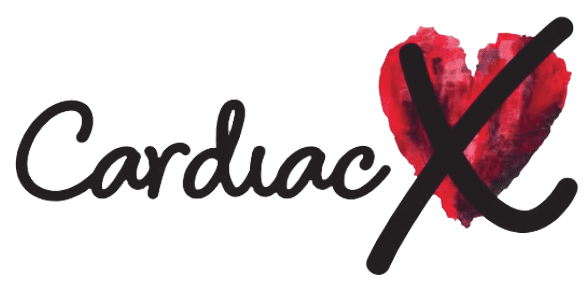https://www.youtube.com/watch?v=DUaxt8OlT3o
Have you ever wondered what happens inside the body during CPR? Let's take a closer look at this life-saving technique from a 3D perspective.
Understanding CPR
CPR, or cardiopulmonary resuscitation, is a crucial emergency procedure performed on individuals experiencing cardiac arrest. It involves chest compressions and rescue breaths to help maintain blood circulation and oxygenation of vital organs.
The Heart in Action
During CPR, the heart plays a central role. As chest compressions are administered, the heart is compressed between the sternum and spine, mimicking its natural pumping action. This compression helps push blood out of the heart and into the circulatory system.
The Lungs and Oxygen Exchange
While the heart is being compressed, rescue breaths are given to provide oxygen to the lungs. These breaths help oxygenate the blood, which is then circulated throughout the body to sustain vital organs, such as the brain.
Brain Perfusion and Neurological Impact
One of the primary goals of CPR is to maintain brain perfusion, ensuring that the brain receives a sufficient supply of oxygenated blood. Without CPR, the brain can quickly suffer irreversible damage due to lack of oxygen, leading to long-term neurological consequences.
The Importance of Immediate Action
Time is of the essence when it comes to CPR. Research shows that the chances of survival decrease by 7-10% for every minute that passes without intervention. That's why it's crucial to start CPR as soon as possible and continue until medical help arrives.
Next time you witness someone in need of CPR, remember the vital role it plays in sustaining life. Understanding the 3D perspective of CPR can help you appreciate the intricate processes happening inside the body during this critical intervention.

